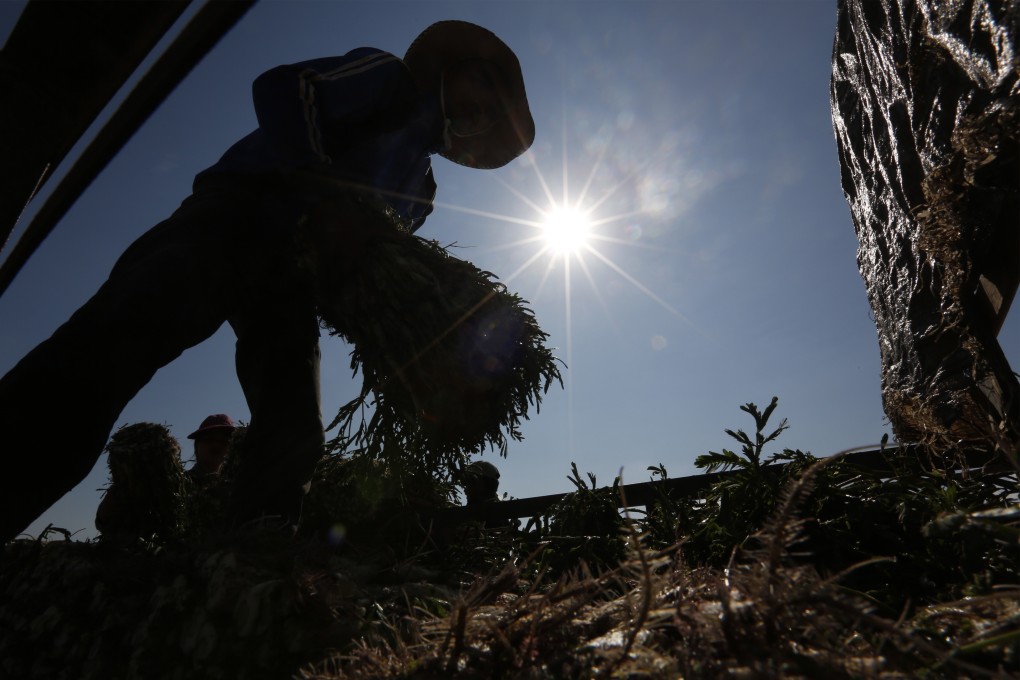Vietnam firm with World Bank links accused of bulldozing indigenous land in Cambodia
- Rights groups say Hoang Anh Gia Lai cleared the land under the cloak of the pandemic, destroying burial grounds, wetlands and old-growth forest
- It had earlier received loans from two private Vietnamese financial institutions that the World Bank’s private-sector arm invested in

A part of the 742-hectare land in the northern province of Ratanakiri was reportedly cleared in March – as Cambodians were told to shelter in place amid the coronavirus pandemic – by Hoang Anh Gia Lai (HAGL), which is owned by a wealthy businessman with interests in property, agriculture, energy and a Vietnamese football club.
“The company bulldozed two spirit mountains, wetlands, traditional hunting areas and burial grounds,” said human rights groups Equitable Cambodia and Inclusive Development International (IDI) in a joint statement released on Monday. “[It] destroyed old-growth forest and caused irreparable harm to land of priceless spiritual value to the communities.”
According to the two groups, the land had been given to HAGL under a concession by the Cambodian government – a claim that has been disputed by local authorities.
In March last year, the governor of Ratanakiri asked Cambodia’s Agriculture, Forests and Fisheries Ministry to officially order HAGL to return the land to the province’s villages of Muoy, Inn, Mas and Kak in the province as it was “improperly included” in the company’s “agricultural land concessions ”.